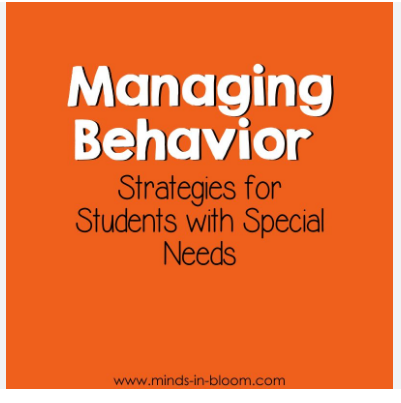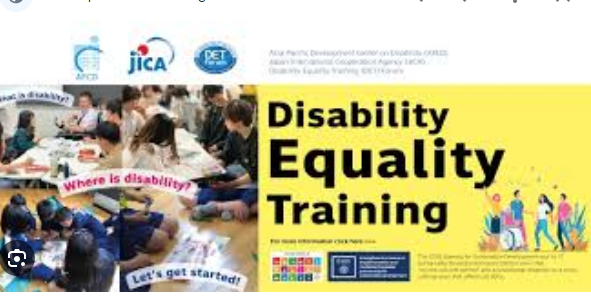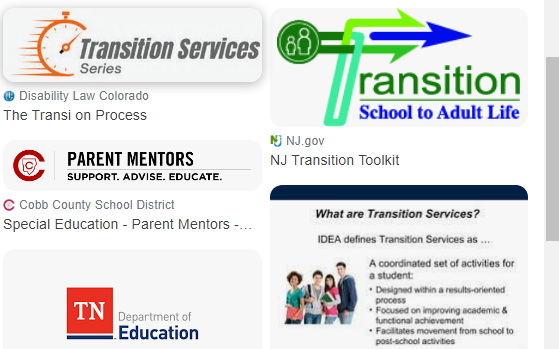Individual with Multiple and Severe Disabilities (IMSD)
7.1 Introduction
Lecture seven introduces you to children with multiple and severe disabilities. The lecture defines the term multiple and severe disability and explains the causes of multiple and severe disabilities. It further list and describes categories of multiple and severe disabilities, its characteristics and identification processes. The lecture ends with suggestions on how to help these children in learning process.
| OBJECTIVES OF THE LECTURE
At the end of the lecture students should be able to:
|
7.2 Multiple and Severe Disabilities (MSD)
Hallahan and Kauffman (1994) & Kirk, et al (2003) described children with MSD as having more than one disability which are either severe or mild. Therefore MSD is defined as concomitant (simultaneous) impairments, the combination of which causes such severe educational needs that they
can be accommodated in a special education programme solely for one of the impairments. (Kirk et al, 2003) add that children with MSD often have intense and complex combination of disabilities such as severe mental retardation and physical impairment, mental retardation and blindness or other sensory deficit and motor deficit combined with other problems.
Children with multiple and severe disabilities have a combination of various disabilities including speech, physical mobility, learning, mental retardation, visual, hearing, brain injury and possibly others. Along with multiple disabilities, they can also exhibit sensory losses and behaviour and or social problems.
These children have also difficulty in auditory processing and speech limitations therefore have difficulty in attaining and remembering skills and or transferring these skills from one situation to another. These characteristics can therefore be classified and given names according to the conditions they exhibit. The following examples are some of the characteristics of MSD:
7.2.1 Deaf Blind Impairment
This is a concomitant hearing and visual impairments, the mixture which cause severe communication and other developmental and educational needs whereby a child with this condition cannot be placed in schools catering for visual or hearing impaired children.
7.2.2 Usher Syndrome
This often refers to as retinitis pigmentosa the condition that involves both hearing and vision problems. Children with usher syndrome can be born with hearing and visual disabilities and the condition get worse over time. There is no cure for usher syndrome, but children with these conditions can benefit from early identification and appropriate technologies and educational assistant.
7.2.3 Behaviour Problems and Hearing Impairment
It is unfortunately that, children with hearing impairment have behavior problem However, the behaviour problems found in children with hearing impairment are resultant of lack of hearing speech dominated their environment. Part of the problem of these children is that much of what they cannot hear can be seen and felt in the environment around them, hence lead to confusion and frustration.
7.2.4 Mental Retardation and Cerebral Palsy
People tend to take for granted that children with cerebral palsy are mentally retarded and there is an existence of the relationship between the two. Usually the poor speech and spastic movements of children with cerebral palsy give people
the impression that these children have mental retardation. Then, it is not easy to tell if children with cerebral palsy are not mental retarded unless the intelligence test for children with adequate speech, language and motor abilities is used.
From the above explanation it can be deduced that children with severe and multiple disabilities exhibit a wide range of characteristics, depending on the combination and severity of disabilities, and the person’s age. However, some traits they may share including:
- Limited speech or communication;
- Difficulty in basic physical mobility;
- Tendency to forget skills through disuse;
- Trouble generalizing skills from one situation to another, therefore there is a need for support in major life activities such as domestic, leisure, community use and vocational.
- 7.3 Causes of Multiple and Severe Disabilities
The main causes can be genetic or environmental though they differ from one child to another. Use of alcohol (fetal alcohol syndrome), drugs (social and prescribed) toxin substances and complication during delivery (breach birth and lack of oxygen) are the common known environmental causes of MSD.
7.4 Identification and Assessment
Most children with MSD are identified at birth through simple screening techniques. The Apgar scoring system is administered five minutes after birth to assess the child’s motor function, skin colour, heart rate, respiration and general appearance.
Vision defects are easy to detect but hearing defects are difficult to detect until the child is two or three months. Most physical disabilities can be detected early by observing the infants lack of normal reflex and body movements, although others can be identified late in the first year of the child’s life.
Spina bifida can easily identified as the child who is affected may have enlarged head from excess spinal in the brain cavity fluid (hydrocephalus).Down syndrome children can also be easily identified from their flat facial profile and upward slanted eyes.
7.5 Instructional Strategies
Due to the diversity of characteristics of children with multiple disabilities, it is difficult to provide specific instructional strategies for this category of children especially for those with severe disabilities. These children should be taught skills that are functional and age group appropriate .
Interaction with other children without disabilities should occur frequently as part of their education programme. Programming should involve the combination of instructional strategies appropriate for each student’s unique needs. However, the following tips can be applied in teaching children with multiple disabilities.
- Skills to be taught must be simplified by being broken down into small steps.
- Use of special equipment, furniture and material appropriate for each student’s unique needs.
- The current performance of each child must be appraised and the target skills stated clearly.
- Skills must be taught in suitable sequences.
- Clear cues from the teacher is needed before the child perform the skill and immediate feedback and reinforcement afterwards.
- All in all, it is still difficult to know much about how children with MSD learn and develop, but we know that the achievements of these children often outdo the predictions of professionals .Therefore parents should open doors for them to learn.
| SUMMARY
The lecture defined multiple and severe disabilities as concomitant (simultaneous) impairments, the combination of which causes such severe educational needs that they can be accommodated in a special education programme solely for one of the impairments. Multiple and severe disabilities are cause by genetic or environmental factors such as use of alcohol, drugs, toxin substance and complication during delivery. These children are characterized by combination of various disabilities including deaf blindcerebral p impairment, usher syndrome, behaviour problems and hearing impairment and mental retardation and alsy. Generally they have problem in speech and language, basic physical mobility and generalizing skills from one situation to another. Further, they are identified though screening techniques . It is easy to detect vision defect while hearing can be detected when the child is three months. Down syndrome and other physical disabilities are detected early due to the appearance of the child. However, it is not easy to provide specific instructional strategies for this category of children especially for those with severe disabilities thus they have to be taught skills that are functional and age appropriate. |




